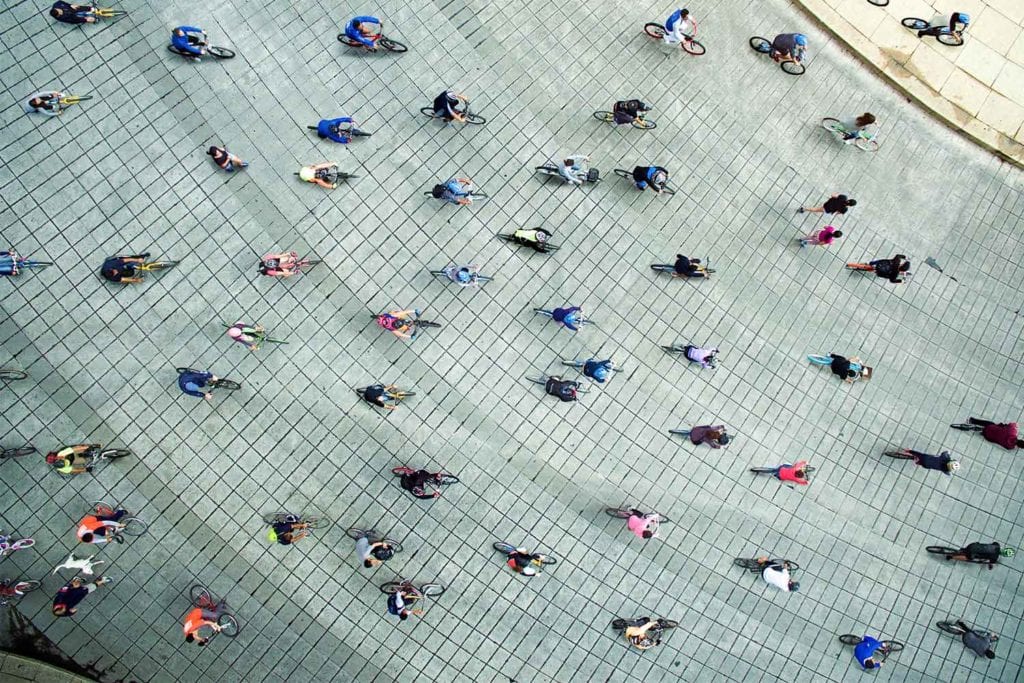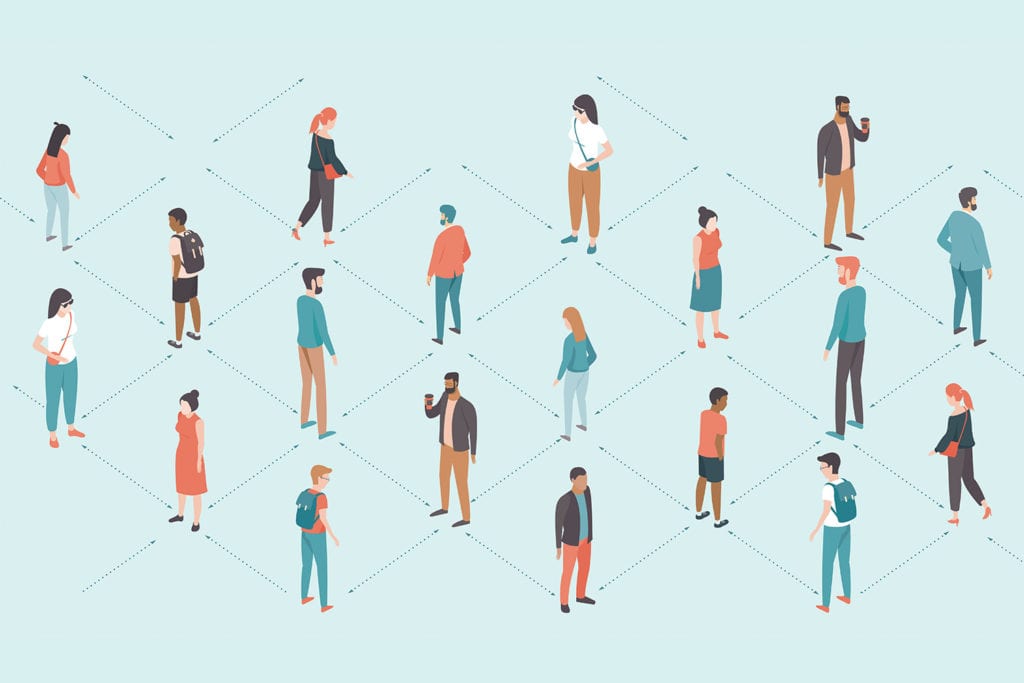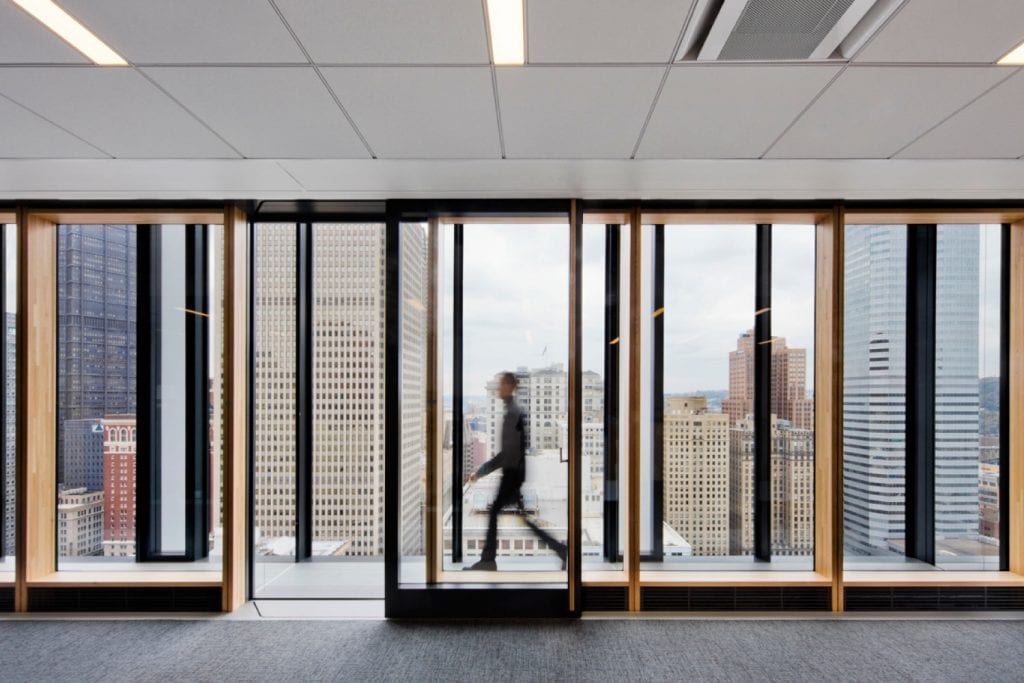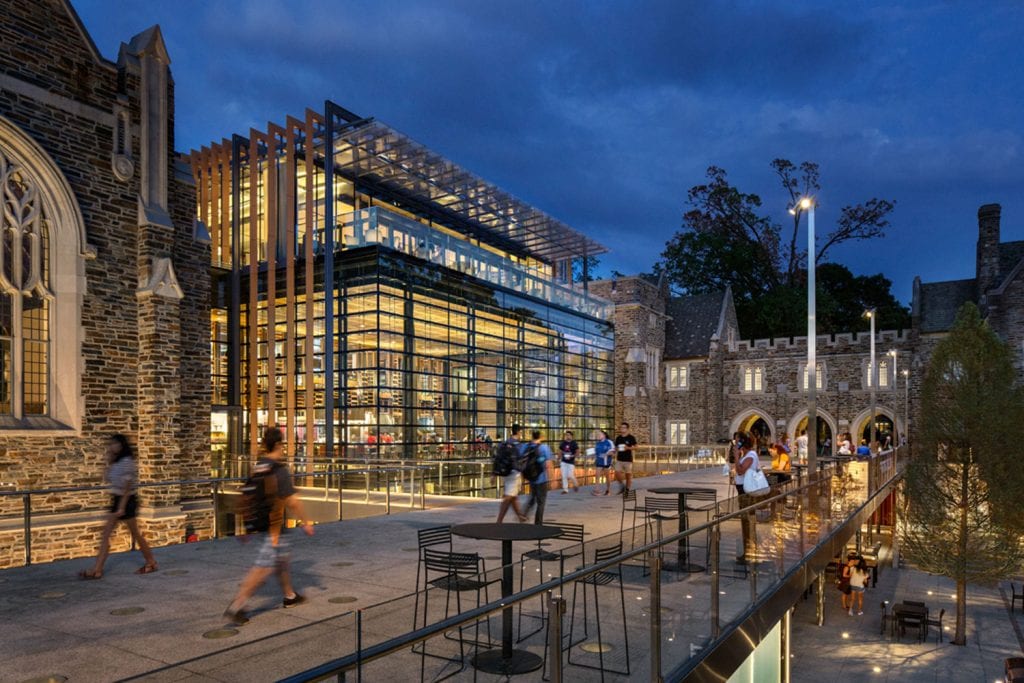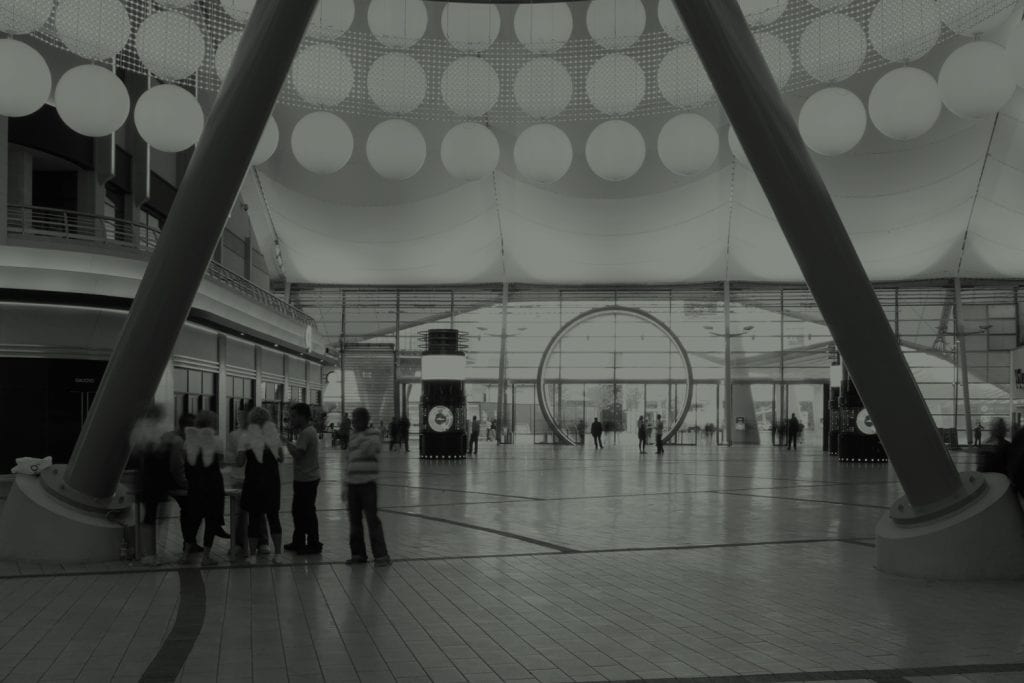Giving your workforce choices is at the heart of true inclusion
With the impact of Coronavirus affecting huge swaths of our everyday lives, inclusive design and training expert, Jean Hewitt, looks at how true inclusion is all about providing choice and asks, ‘how do you transition the five principles of inclusive design into a Covid-19 situation?’
There are five principles of inclusive design. It should…
- place people at the heart of the design process
- acknowledge diversity and difference
- offer choice where a single design solution cannot accommodate all users
- provide for flexibility in use
- provide buildings and environments that are convenient and enjoyable to use for everyone.
Homeworking, or a combination of home and office working, is much better placed to meet the dynamic situation around Covid-19 and the tailored needs of a diverse workforce. After all, there are very few open plan offices that can readily accommodate individual preference settings for lighting, temperature and background noise.
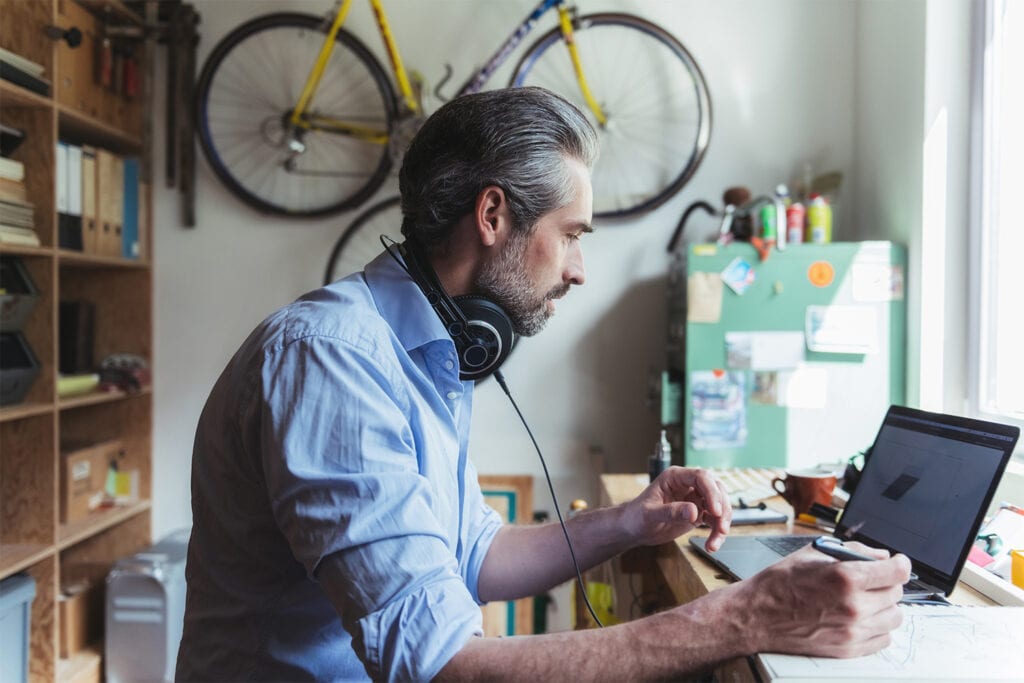
A home workspace environment, on the other hand, can usually be controlled by the homeworker without too much trouble. Although during lockdown there may be competing and conflicting demands on the environment – for example, homeworking space might be as noisy as a busy open plan office, perhaps accommodating children who are home schooling, baby-care, pets and others attempting to work or study – the variation in our individual home workspace circumstances and settings is vast, and some are clearly more ideal than others.
We are all multi-dimensional, there is no one size fits all, we are so much more than our disability, our neuro difference, our gender, our faith, we are each a unique bundle of emotional, social, cognitive, physical and sensory parts.
Jean Hewitt
So, as we move to potential solutions for a gradual return to our workplaces, a time when decisions are being made about who should stay home, and who should return, it’s important not to make assumptions. For example, many might think that people with physical disabilities should homework for convenience or safeguarding reasons, but this is not necessarily the case. Some people with physical or mobility impairments might find it helpful to avoid travel, but others will enjoy the commute – some will have underlying conditions which may make them vulnerable, but many others will not. Equally, some individuals find the bustle of a busy city exciting, others take little enjoyment from city life. We are all multi-dimensional, there is no one size fits all, we are so much more than our disability, our neuro difference, our gender, our faith, we are each a unique bundle of emotional, social, cognitive, physical and sensory parts. Some of us are naturally social beings, others prefer to work in isolation (and most of us change our preferences depending upon the time of day, the activity, or mood and sometimes the work pressure we are under).
How Buro Happold is listening to help it adapt to the new normal
At Buro Happold, we have employees across 24 locations worldwide, who experienced the lockdown at different times and with different regimes, cultures and home circumstances. We made the decision to survey our employees throughout this experience, to find out how they felt, adapted and “survived or thrived” during this process. The environments in which they were placed had a material impact on this. Now, we are well placed to understand our employees’ preferences going forward, which will influence the design of our offices and the work-life balance our people experience in the future.
The perfect working environment
The perfect working arrangement should, therefore, (with or without a pandemic influence), allow some choice and control, such flexibility is closely aligned to the principles of inclusive design. A choice of location could be home, work or somewhere in between or a mix of locations during the working week. The workstation may be fixed, agile, temporary or permanent. This may sound like a nightmare for a designer or building manager, but with enough information and planning it is possible to anticipate demand for different types of space and possible for agreement to be reached.
If we get the balance right, the result should be better motivation and wellbeing, with more productive and effective outputs.
Some office space could be utilised for refreshment, social and exercise space, so that people can more easily extend their working day to avoid peak travel times without sacrificing their personal time. Some industries may even need to think about how sleeping and rest arrangements that can be established for an extended or overnight working.
If we return to desks in boxes to contain infection spread, how will accessibility across the floor be maintained? What is the emotional impact on not being able to see others and the overall impact on our mental wellbeing?
As humans we crave variety and choice – it can be planned and managed but only if we have the data to help us with informed decisions about employee preferences. If we get the balance right, the result should be better motivation and wellbeing, with more productive and effective outputs.

